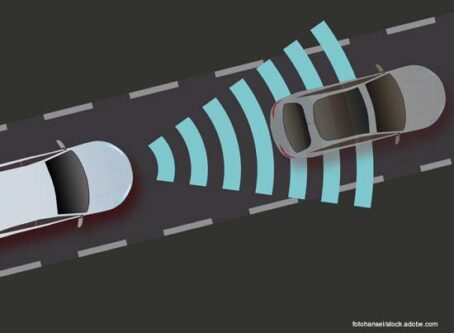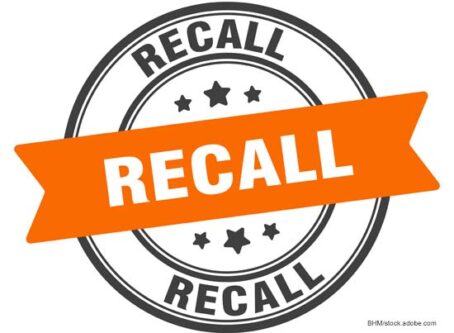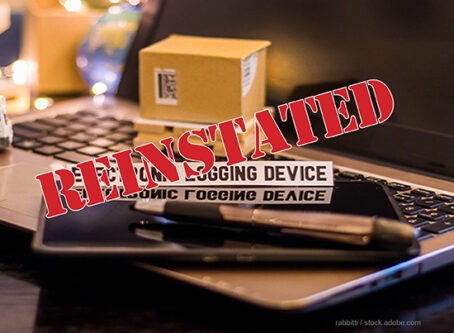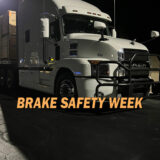NTSB: Autopilot ‘not available’ in fatal Tesla crash last month
Tesla’s Autopilot system may not have been to blame for a deadly crash that killed two people last month near Spring, Texas, according to a preliminary report from crash investigators.
On Monday, The National Transportation Safety Board issued its preliminary report for the ongoing investigation of the fatal, April 17 crash of a 2019 Tesla Model S. Information in the report is preliminary and subject to change as the investigation progresses.
According to the report the crash trip began at the owner’s residence, near the end of a cul-de-sac. The 59-year-old owner and a 69-year-old passenger died in the crash.
The report states the Model S P100D car was equipped with Autopilot – Tesla’s advanced driver assistance system. The system requires both the Traffic Aware Cruise Control and the Autosteer systems to be engaged.
The report states NTSB tests of an exemplar car at the crash location showed that Traffic Aware Cruise Control could be engaged, but Autosteer was “not available” on the part of the road, Hammock Dunes Place, where the crash happened.
At the crash location, the roadway was equipped with streetlights but did not have lines to define the travel lanes. No speed limit signs were posted in the crash area, but the maximum speed limit for the road was 30 mph.
Footage from the owner’s home security camera shows the owner entering the car’s driver’s seat and the passenger entering the front passenger seat. The report states that the car travels about 550 feet before departing the road on a curve, driving over the curb, and hitting a drainage culvert, a raised manhole, and a tree.
The crash damaged the front of the car’s high-voltage lithium-ion battery case, where a fire started.
The fire destroyed the car, including the onboard data storage device. The car’s restraint control module, which can record data associated with vehicle speed, belt status, acceleration, and airbag deployment, was recovered but sustained fire damage.
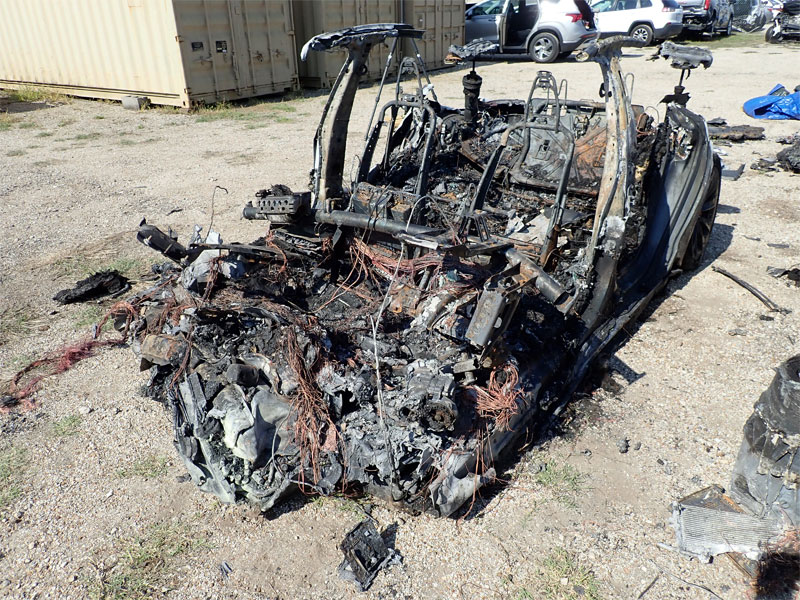
The restraint control module was taken to the NTSB recorder laboratory for evaluation. The steering wheel from the Tesla was shipped to the NTSB materials laboratory for analysis of the damage to the steering wheel investigators observed during the post-crash inspection.
The NTSB’s investigation of the crash is ongoing, and investigators continue to gather information, including data to analyze the crash dynamics, postmortem toxicology test results, seat belt use, occupant egress and the post-crash fire.
OOIDA calls for mandatory disclosure of ADS safety reports
Regardless of whether or not Autopilot is to blame, the Owner-Operator Independent Drivers Association believes the government needs to proceed with caution.
OOIDA continues to push for transparency from makers of automated driving systems.
In formal comments submitted to the National Highway Traffic Safety Administration, OOIDA President Todd Spencer said full disclosure of automation safety performance should be mandatory.
“Given the fact that there have already been a number of crashes involving (automated driving system) failures on our nation’s roads, NHTSA must develop standards that are based on documented research and testing data,” Spencer wrote. “The continued reliance on voluntary safety reporting from ADS manufacturers will not effectively build trust, acceptance, and confidence in testing and deployment of these systems.”
Read more of Spencer’s remarks and the Association’s position on autonomous vehicles in this article in the May 2021 issue of Land Line Magazine. LL
